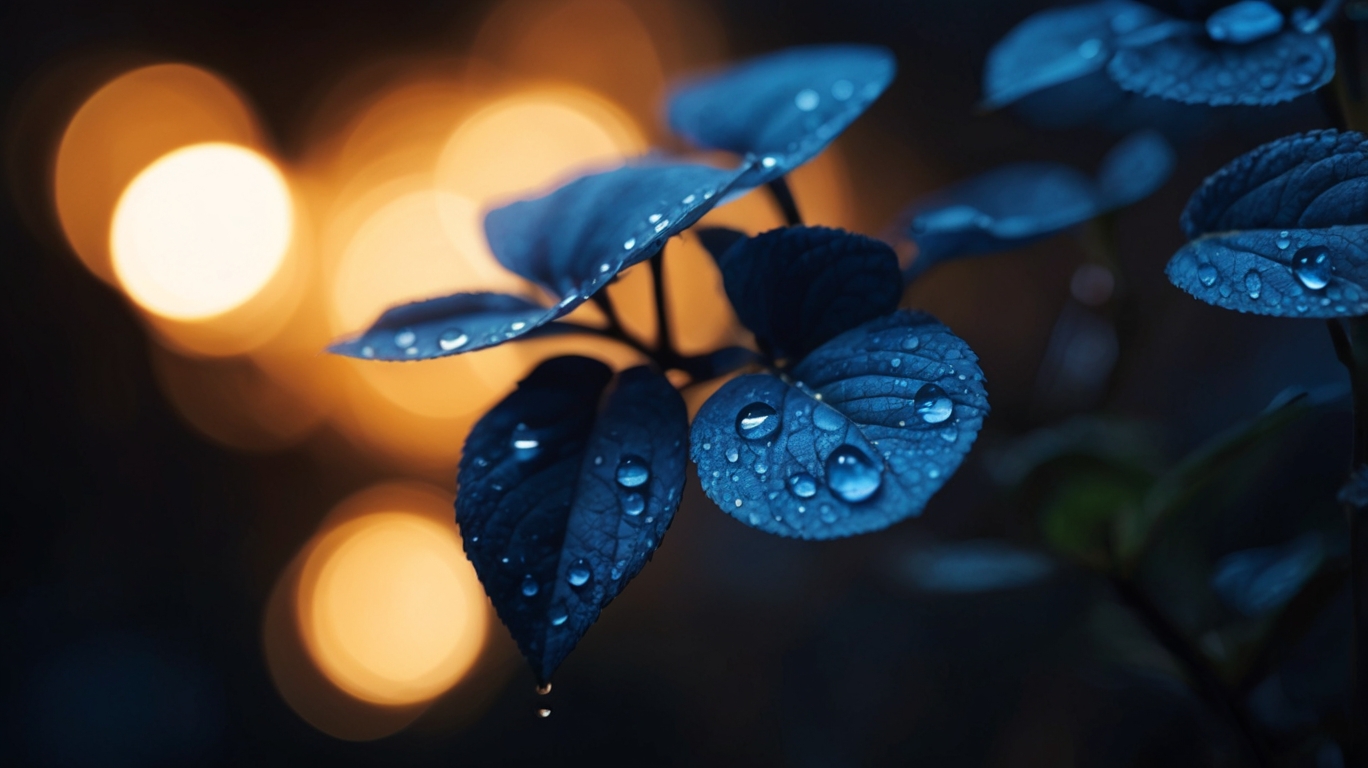
Anthocyanins are pigments found in many plants that give them their red, purple, and blue colors. These pigments are more than just decoration; they play important roles in how plants interact with their environment. In speculative evolution—where we imagine how life might adapt to different conditions—anthocyanins can be key to understanding plant survival in alien worlds or in extreme future environments.
Adapting to Alien Light
On planets with different stars or atmospheres, the light plants receive can be very different from what we see on Earth. For instance, a planet orbiting a red dwarf star would have light that is mostly red. Plants might evolve anthocyanins that absorb this type of light efficiently, leading to red or purple plants. This adaptation helps plants make the most of the available light for photosynthesis.
Protecting Against Radiation
Some planets have high levels of ultraviolet (UV) or other types of radiation. On these planets, anthocyanins could help protect plants from radiation damage due to their antioxidant properties. Plants might develop deeper, darker pigments to shield themselves from harmful radiation, ensuring their survival in harsh conditions.
Communication and Camouflage
In ecosystems with various herbivores and pollinators, anthocyanins can play a role in communication. Bright colors might attract pollinators or warn herbivores of potential toxicity. Conversely, in environments where blending in is crucial, anthocyanins might help plants camouflage themselves by matching their colors with their surroundings.
Health Benefits for Herbivores
In speculative environments, anthocyanins might also affect the animals that eat these plants. Herbivores might seek out anthocyanin-rich plants for their antioxidant benefits, which can help protect them against various environmental stresses. This relationship could lead to a complex web of dependencies between plants and herbivores, influencing their evolution together.
Further Exploration
Understanding how anthocyanins might evolve in different conditions helps us imagine how life could adapt to various environments. Research into these adaptations can provide insights into growing plants in extreme conditions, such as on future space missions or other planets. Exploring these possibilities can also offer new ways to improve plant resilience on Earth.
References:
https://www.researchgate.net/publication/226354956_Role_of_Anthocyanins_in_Plant_Defence